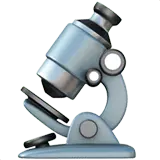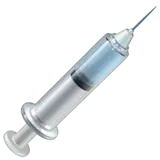Cedar-apple rust


CLASSIFICATION
Fungi, Basidiomycetes, Pucciniomycotina, Pucciniomycetes, rust, Pucciniaceae, Gymnosporangium, Gymnosporangium juniperi-virginianae
ABOUT
Cedar-apple rust is an infectious fungal disease caused by members of the Pucciniaceae family. Two hosts are required - cedar and apple. Its symptoms include bright orange or red leaf spots, woody galls, and swollen stems covered in an orange layer.
How to treat?
 Biological
BiologicalFor cedar and juniper: you may remove and destroy the infected parts of the plant - remove infected branches with galls.
For apple trees and other plants in the Rosaceae family: rake and destroy the fallen leaves.
 Chemical
ChemicalUsing fungicides is not recommended. Trees and shrubs are usually tolerant to this infection and they are usually not seriously damaged.
If necessary, apply fungicide containing myclobutanil (GHS07: Harmful, GHS08: Health hazard, GHS09: Environmental hazard) (on apple trees).
 Disease prevention
Disease preventionUse resistant species and cultivars as well as healthy, certified seeds and seedlings.
Do not plant host species in one place (e.g. cedar, juniper, apple trees).
Avoid prolonged wetting of the leaves, which can be caused e.g. by overhead irrigation.
Disinfect tools, infected flower pots, and hands to avoid disease transmission.